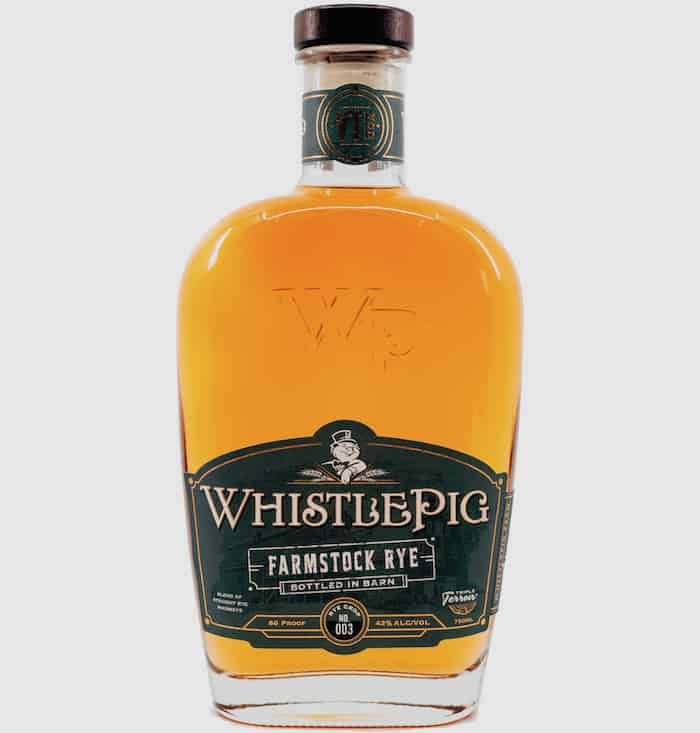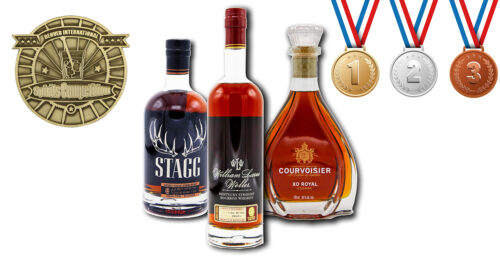Editor’s Note: This whiskey was provided to us as a review sample by WhistlePig. This in no way, per our editorial policies, influenced the final outcome of this review
In the world of whiskey, the drinker is rewarded, or punished, on the basis of the fortunate outcomes of nature and time bestowed through the distilling and aging process. Some distillers opt for a more intentional outcome through the skilled manipulation of flavors. By blending they are able to take advantage of the happenstance of others by intentionally combining various distillations to create their own blend.
In the case of Scotch, we end up with companies like Johnnie Walker and Dewars who have built their name on the practice of blending high quality flavors and scotch distillations with lower grade alcohols to smooth out the rough edges and appeal to the masses. Whereas a company like Compass Box carefully manipulates flavors to gear their labels towards specific palettes.
When I opened the bottle of WhistlePig Farmstock No. 3 for my review, I was not expecting much from this younger company (The farm was purchased in 2007, but the on-site distillery was opened in just 2015). This was due to my limited exposure to their products, not their reputation. I went in blind and came out the other side with an enlightened and pleasant realization that not all young companies are going in to please the masses, but are focused on delivering high quality experiences with intentional outcomes.
Blended whiskeys vary in price point and quality depending on the desired product and company’s reputation. Many times, a blend is crafted with just enough high-grade spirits that they can deliver a smoother flavor for the lower price point and higher profit margin. The introduction of mature alcohol, even in small percentages, smooths out the rough edges and masks the impurities present in the shortened aging process of the less expensive base alcohol.
The above-mentioned Johnnie Walker and Dewars, along with many others, saturate the market with mass appeal and a lower price point for many of their products. Other paths that blenders follow is to combine various styles and flavors of mid-grade to high-end liquors to manipulate the end product. These distillers are acting more as mixologists to deliver a specific flavor through their manipulations instead of a specific price point. Brands such as Compass Box are masterful at their mad scientist experimentations and reputation.
The folks at WhistlePig seem to be taking a higher path and for that I thank them. This Vermont based farm and distillery is taking the American craft of whiskey distilling to the same place farm to table restaurants have been taking food over the past decade or so. They are growing their own oak for some of their barrels.
They are also producing their own grains, and and an increasing amount of that is being delivered as their own high-quality whiskey to the bottle (this batch (No. 3) was the first batch to utilize a majority of their own whiskey as the base) – that is when they take their ingenuity to the next level by combining their flavors with not one but two other whiskeys for this release (sourced from Canada).
From their experimentation, the Farmstock Rye No. 003 is a picture of life on a Vermont farm in a glass. It is loaded with the sights and smells of a working farm, just waiting for the drinker to tuck in and be taken for a ride through the hilly, multi-colored, leafy countryside.

Tasting Notes: WhistlePig Farmstock Rye No. 003
Vital Stats: 86 proof; three straight whiskies were blended to create the final product (52% WhistlePig 3-year-old rye whiskey, 31% 6-year-aged whiskey, 17% 10-year-aged whiskey from Alberta, Canada); bottled at 86 proof; prices around $75 per 750 ml bottle.
Appearance:: The coloring on this whiskey is a light yellow, almost the shade of unvarnished pine.
Nose: Soft and inviting. Some whiskeys have a sharp or medicinal twang, but WhistlePig Farmstock No. 003 is easy on the sinuses one waft after another. I find that notes of vanilla, creamy, soft caramel, a hint of citrus and pine needles are all present. After a few wafts, there are some floral notes that will peak your interest as well.
Palate: There is a light heat. It is only visiting vs. an unwanted guest who overstays their welcome. The predominant flavors were leather, wax and the distinct earthy flavor of oak. Secondary notes were clove and black pepper on the back of the tongue with a bite of cinnamon. Scorched orange peel made an entrance and was accompanied by the gentle hint of green grass as well.
The texture was buttery and smooth.









